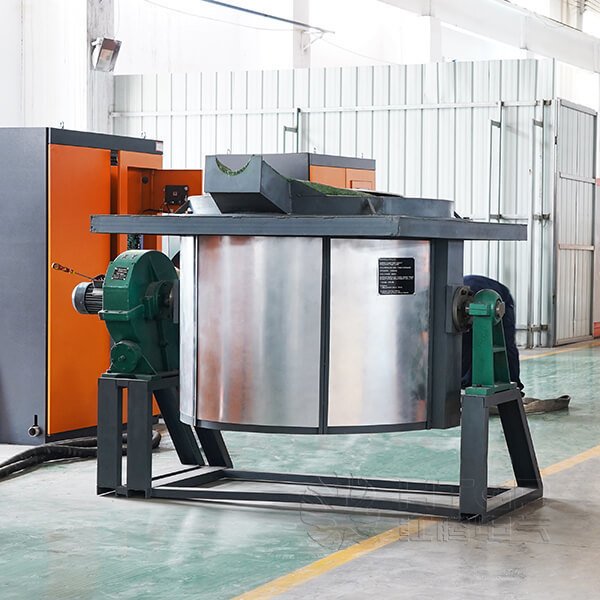Round fixed aluminum melting furnace
Round fixed aluminum melting furnace

Round fixed aluminum melting furnaces are mainly used to melt aluminum and aluminum alloys.
Structurally, their furnace bodies are round. This shape ensures uniform distribution of the heat field in the furnace, so that the aluminum material is heated evenly. The furnace body is fixed and is usually wrapped with insulation materials on the outside, which can effectively reduce heat dissipation. This includes the furnace lining, which is usually made of refractory materials that are resistant to high temperatures and erosion by aluminum liquid.
The working principle is that fuel (such as natural gas, liquefied petroleum gas) generates heat when it burns in the burner. The flames and hot exhaust gases generated by the combustion directly act on the aluminum in the furnace, transfer heat to the aluminum through radiation and convection, and increase the temperature of the aluminum to melt it.
This type of aluminum melting furnace has many advantages. It has high thermal efficiency and uniform heat distribution, which can reduce heat loss caused by local overheating. The melting process ensures stable quality of aluminum liquid, which is very important for processing high-quality aluminum liquid. The disadvantage is that due to the circular structure, the furnace door is installed in the tangential direction, which may cause dead angles when slag is discharged, and is not very suitable for slag discharge.
Overall, round fixed aluminum melting furnaces are a reliable and efficient option for melting aluminum and aluminum alloys. Their unique round shape allows for uniform heat distribution, ensuring that the aluminum material is heated evenly and consistently. This is crucial for producing high-quality aluminum liquid that meets industry standards. Additionally, the insulation materials used in the furnace body help to reduce heat dissipation, further improving the furnace's thermal efficiency.
However, as mentioned earlier, the tangential placement of the furnace door can be a drawback when it comes to slag discharge. This design may create dead angles that make it more difficult to remove slag from the furnace, potentially leading to inefficiencies in the melting process. Despite this limitation, round fixed aluminum melting furnaces remain a popular choice for many aluminum processing facilities due to their overall effectiveness and reliability. As technology continues to advance, it will be interesting to see if future innovations can address this issue and further improve the functionality of these furnaces.